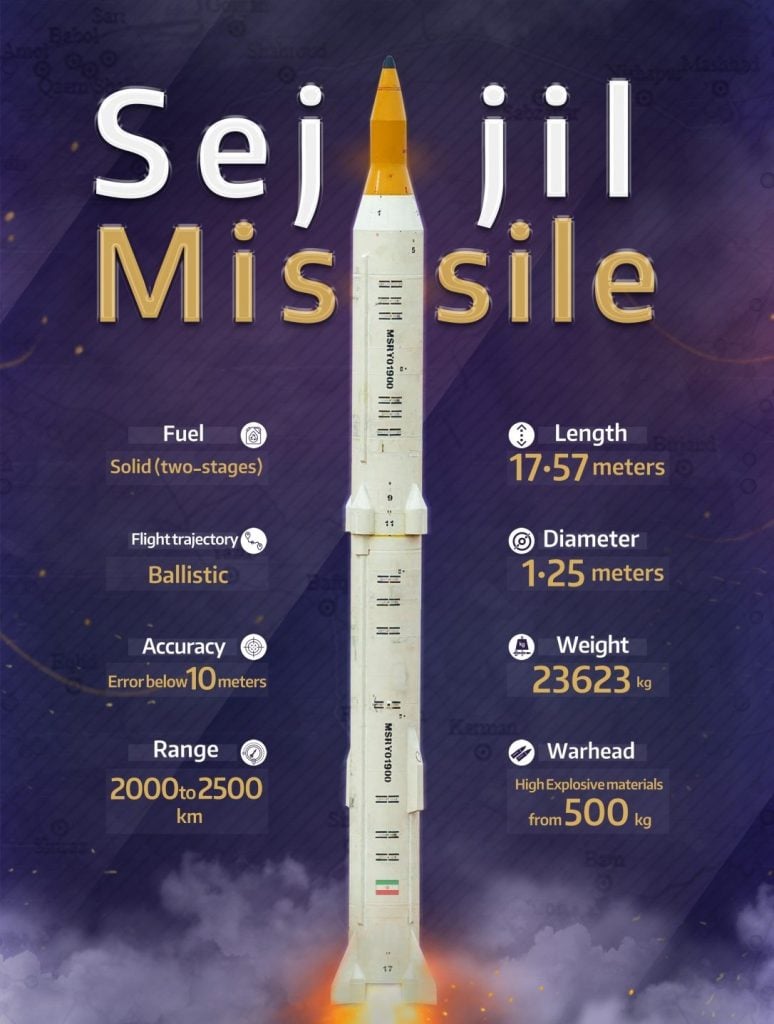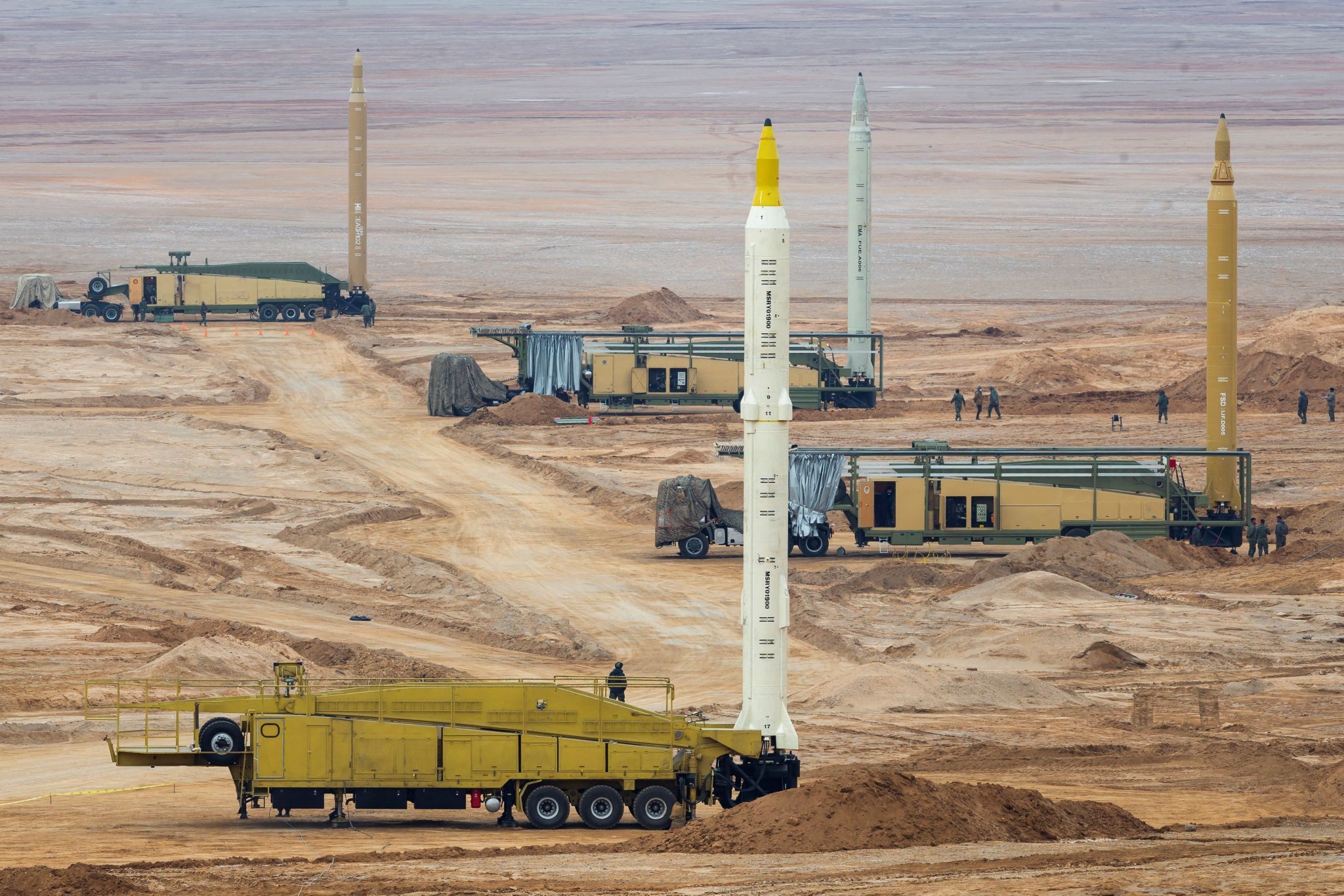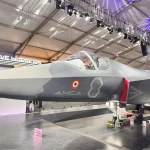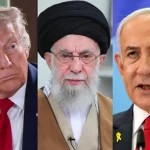In a major escalation of the Israel-Iran conflict, Iran’s Islamic Revolutionary Guard Corps (IRGC) has confirmed it launched a Sejjil-2 medium range ballistic missile at Israeli targets. The strike, part of “Operation True Promise 3,” marks the missile’s first known use in warfare, signaling a shift from proxy confrontations to direct state-level hostilities.
The launch followed Israeli airstrikes on Iranian nuclear and energy infrastructure. With the Sejjil’s deployment, Iran has significantly raised the stakes in a conflict that now risks drawing in multiple regional and global actors.
What is the Sejjil Missile?
The Sejjil is an Iranian-developed, two-stage, solid-fuel ballistic missile with a reported range of 2,000–2,500 km, and unconfirmed variants possibly capable of reaching up to 4,000 km. Designed and built domestically, the missile uses solid propellant, allowing for quicker launch times and increased mobility compared to Iran’s earlier liquid-fueled missiles.
Capable of carrying a warhead of up to 700 kg, the Sejjil is theoretically designed for both conventional and strategic payloads. First tested in 2008, the Sejjil-2 variant incorporates improved accuracy, survivability, and launch readiness.

Military Significance
Iran’s use of the Sejjil represents a critical advance in its missile arsenal. The missile’s solid-fuel capability reduces launch preparation time, limiting Israel’s early-warning window. Its range covers not only all of Israel but also U.S. military bases across the Middle East.
Military analysts suggest that the Sejjil is specifically designed to penetrate sophisticated air defense systems like Israel’s Arrow and David’s Sling. Its mobility and potential for saturation attacks also make it harder to detect and intercept.
The Target and Aftermath
Iran claims it targeted Israeli intelligence and air force sites. Israel’s military, however, reported intercepting the missile mid-air, with debris causing minor damage to a civilian vehicle. Conflicting narratives emerged over whether a hospital was hit by the blast wave or targeted intentionally. The IDF’s Arrow-3 system reportedly played a key role in neutralizing the threat.
Strategic Implications
The use of the Sejjil missile signifies a turning point in Iran’s military posture, underscoring Tehran’s willingness to directly confront Israel using its most advanced weapons. It also adds pressure on Israeli defense systems already stretched by a series of missile and drone attacks from Iranian proxies in Lebanon, Syria, and Yemen.
The U.S., already on alert, has deployed advanced air defense assets in the region. Washington has not ruled out a direct response if American assets are threatened. Meanwhile, Gulf countries are watching with concern, wary of regional spillover.
Israel’s Air Defense and Countermeasures
Israel’s layered missile defense—comprising Iron Dome, Arrow-2/3, and David’s Sling—remains operational, but intelligence sources suggest that continued large-scale missile attacks could overwhelm these systems. U.S. support has become crucial, with surveillance and radar systems providing real-time data to bolster interceptions.
A Missile Years in the Making
The Sejjil missile program began with a 2008 test of the Sejjil-1, followed by the upgraded Sejjil-2 in 2009. Over the past two years, Iranian media and defense analysts have reported enhancements to range and precision. Until now, the missile had never been used in actual conflict.
Global Reactions
The United Nations is preparing for an emergency Security Council session. The U.S. condemned the attack and reiterated its commitment to Israeli security. Russia and China have called for restraint, while the European Union urged all parties to de-escalate. Oil markets responded sharply, with prices rising amid fears of regional disruption.
What Comes Next?
Israel has signaled that a larger retaliation may follow. Its ambassador to the U.S. warned of a response of “greater magnitude” if attacks persist. The risk of a multi-front war looms, with Hezbollah, Iraqi militias, and Yemeni Houthis all capable of opening new fronts against Israel.
Conclusion
The operational use of the Sejjil marks a dangerous evolution in the Israel-Iran conflict. With both nations possessing advanced missile technology and global powers entangled in the region, the risk of widespread war has never been higher. As calls for restraint grow, so does the urgency for diplomatic engagement—before escalation crosses a point of no return.













